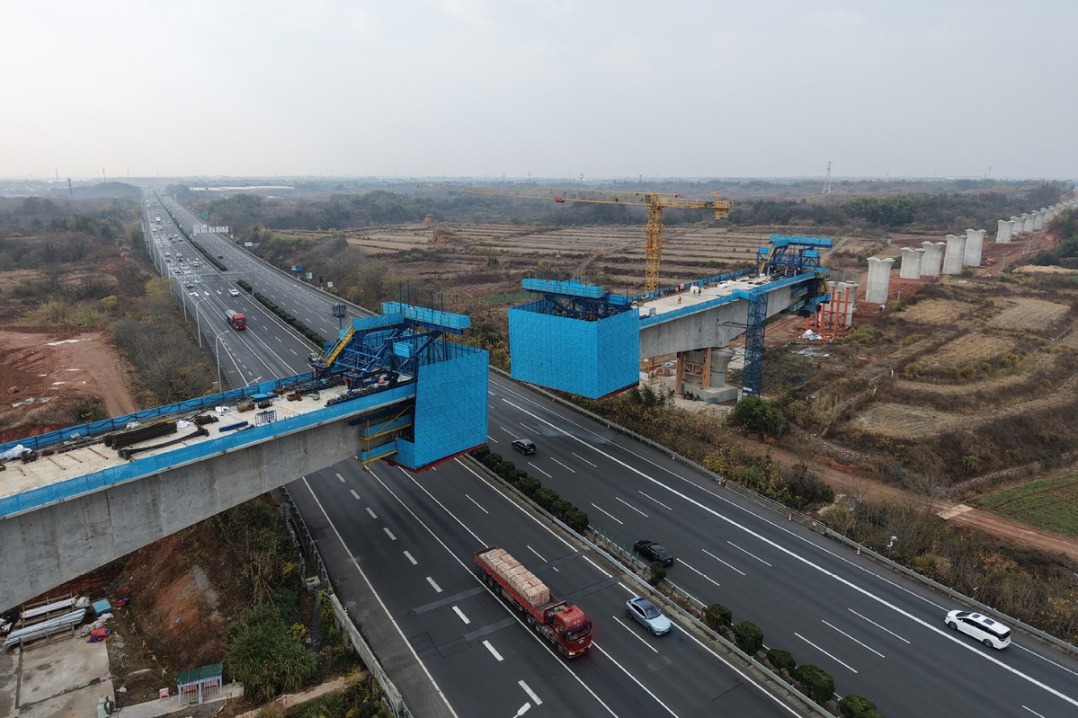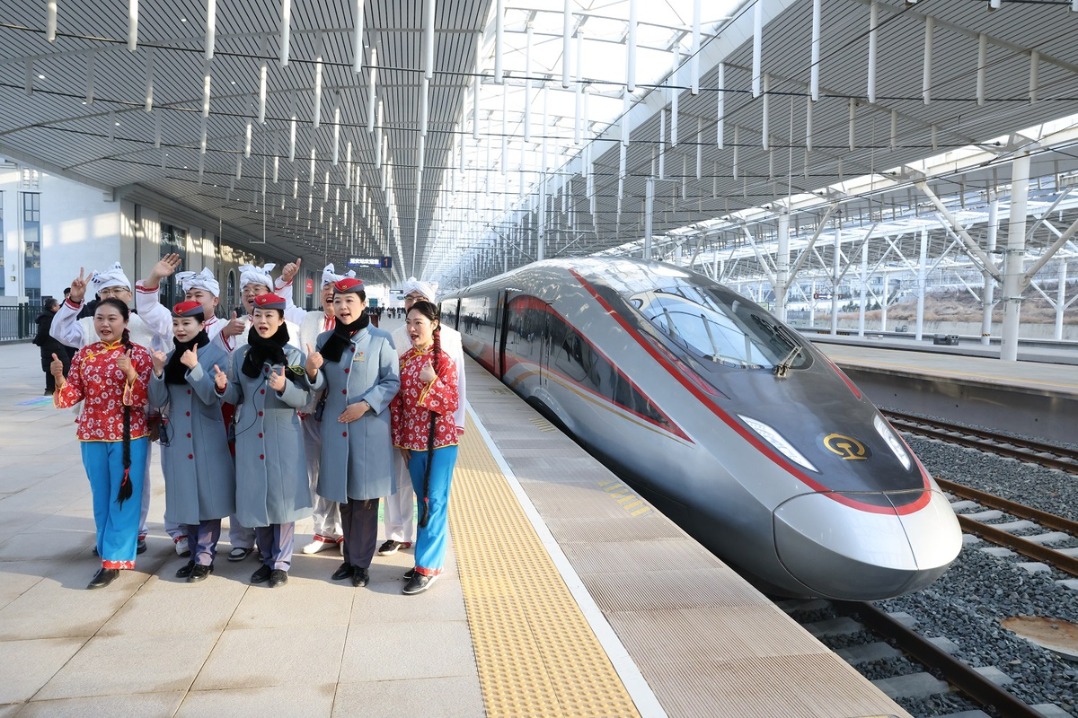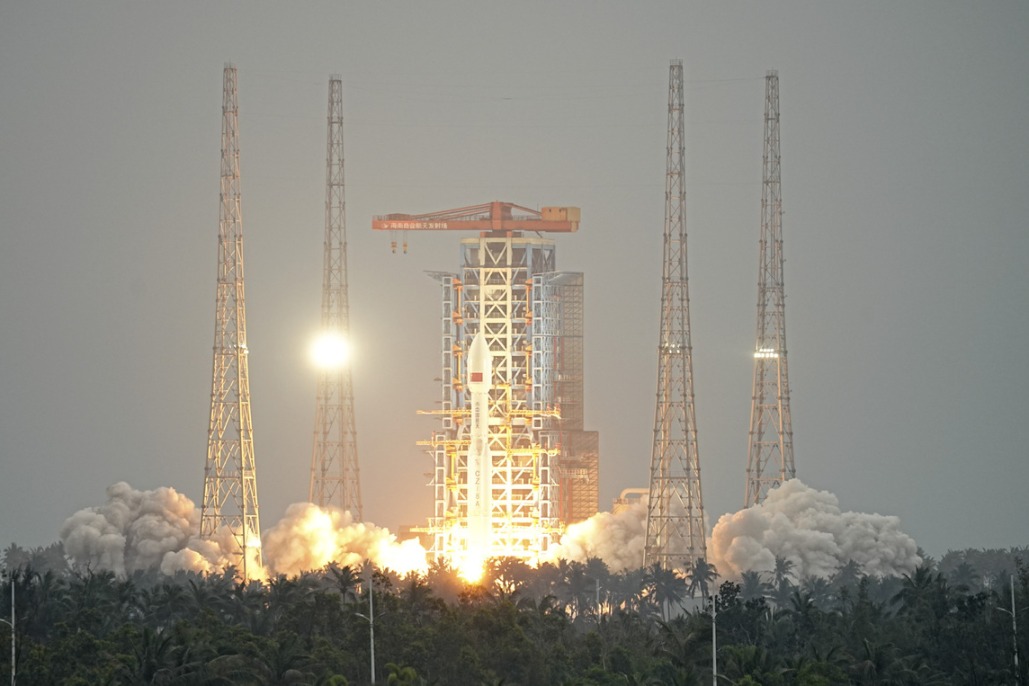Venturing into murky waters

Silicon Valley angel investor rides high on the AI boom, seeing the best of times for startups in critical industries amid a chaotic investment landscape, writes Luo Weiteng in Hong Kong.

This March, a diverse cohort of global investors at the Milken Institute Global Investors' Symposium in Hong Kong joined the chorus of optimism that "Hong Kong is staging a comeback".
The inspirational sentiment is evidenced by the once little-known Chinese artificial intelligence startup DeepSeek, whose meteoric rise has triggered a fundamental rethink and reassessment over the attractiveness of Chinese mainland and Hong Kong markets, with global investors giving the city a vote of confidence and jumping on the AI-led stock rally bandwagon.
The level of excitement on DeepSeek-driven momentum was also shared by Silicon Valley venture capitalist Zhang Lu at the gathering. Over recent months, Zhang has seen more and more entrepreneurs jumping at the opportunity to launch their startup projects.
The sheer power of the newfound tech prowess is now beyond doubt. But 10 years ago, when Zhang, founder and managing partner of Fusion Fund, established her venture capital firm to target early-stage startups dedicated to business-to-business (B2B) innovation — particularly in AI, healthcare and deep-tech sectors — it was considered a highly unorthodox move.
In the traditionally male-dominated venture capital industry, Zhang is unafraid of being a contrarian voice and challenging the prevailing wisdom. Indeed, beyond a set of labels — being a minority, an immigrant and a young woman — Zhang has established her calling card as a Stanford graduate and technologist, a Silicon Valley-based investor and a serial entrepreneur.
Fusion Fund announced in March it had closed its fourth early-stage flagship fund with $190 million of committed capital in an oversubscribed round backed by institutional limited partners.
Getting such a large injection of funds against an increasingly bifurcated venture capital landscape is no easy feat. The trend of "it's good to be big" comes with a tale of contrasting fortunes that dominate every nook and corner of the market.
Up to 30 entrenched venture capital firms scooped up 75 percent of all venture capital raised in the United States last year, with $35 billion, half of the total, having gone into the coffers of nine of them, according to the Washington DC-based National Venture Capital Association and research house PitchBook. Venture mega-fund Andreessen Horowitz alone raked in over 11 percent of the money raised.
Zhang thought it would have taken the fourth fund nine to 12 months to secure its initial funding goal of $150 million. But within half a year, Fund IV had racked up nearly $250 million in subscription commitments.
Such investor zest did not come out of thin air. It points to the hard work ethic that has led Zhang all the way. Fourteen years ago, she founded a medical device company specializing in noninvasive technology for early diagnosis of type 2 diabetes — while doing her graduate degree in materials science and engineering at Stanford University. The entrepreneurship experience helped Zhang establish herself in the realm of venture capital.
Born and bred in China's northern Inner Mongolia autonomous region, Zhang never fails to be impressed by the zestful role of ethnic Chinese in Silicon Valley, who are riding high on the AI boom.
As next-generation technology and AI solutions have been very much on everyone's lips, Zhang has built up her portfolio at a steady pace with great patience. Over the past decade, Fusion Fund has backed 90-plus pioneering projects, with average annual investments hovering between seven and 10. So far this year, it has deployed capital to three startups.
- Beijing community leads the way in grassroots governance
- HKSAR govt extends thanks to various units for supporting people affected by residential complex fire
- Influencers barred from vulgar, false, or harmful content
- Hangzhou–Quzhou High-Speed Railway begins operations
- China records rise in survival prospects for child and adolescent cancer patients
- Ministry unveils draft revision of the national air quality standards





































